10 Ways Inclusive Leaders Can Mitigate Bias Regarding Covid-19

By Minal Bopaiah and Sabine Marx, Brevity & Wit
We live in uncertain times.
While that statement may be true for all of human history, it has heightened resonance these days as we all, employees and employers, struggle to find a way to respond to the coronavirus pandemic.
In times of fear and uncertainty, implicit biases are often triggered. That’s because the amygdala, the part of the brain responsible for the fear response, kicks into overdrive, making us seek information and solutions that make us feel secure, even if it means we are unjust in our pursuit.
Leadership plays a great role in all of our abilities to respond calmly and with more justice to challenging fears. Whether you are leading a community or an organization, here are some helpful tips for how to communicate your response to COVID-19.
#1. Use people-centered, not business-centered, communications.
Put your employees’ wellbeing first during health emergencies. Never begin by lamenting possible financial losses or “lost productivity.” If your people know you have their back, you’ll be surprised how far they will go to deliver for you. If you have to talk about business realities, mention it after you have stated that your priority is the health of staff and customers and what you are doing to ensure that.
#2. Be consistent and choose your channels wisely.
After you have developed a message with your internal communications team, be sure your leadership team is in lock-step around it so that you can maintain a consistent message across the organization. Then choose your communication channel according to your employees’ preferences and expectations. If you have a remote culture, email may be appropriate. If you sense your team is particularly panicked, a staff meeting followed by an email with top points may be better.
Also, remain consistent in how communication is shared, or be sure to announce any changes well in advance. That is, if all communications have been over email, don’t switch to a Slack channel midway. At the same time, take a multi-prong approach by complementing email communications with posters around the office and Town Halls with leadership. Let staff know how frequently they can expect to hear from you on this issue. And identify a point of contact if people have questions.
#3. Use the term coronavirus or COVID-19.
Any other term implying that a country or a group was the originator of this virus is wildly incorrect and likely to trigger xenophobic bias. We would advise even avoiding repeating the news or stories of irresponsible leaders doing so.
If you hear anyone in your organization using the xenophobic terms for coronavirus, remind them that germs don’t care about your race or ethnicity or politics or even your character. They are indiscriminate and equal opportunity when it comes to infecting people.
Research suggests that “one of the best things we can do to reduce prejudice during a pandemic is to simply educate people about how the disease operates,” according to Zaid Jilani of Greater Good Magazine.
#4. Affirm uncertainty, then move on to offering solutions.
It’s important to demystify the boogeyman by naming him. There is a significant amount of uncertainty in our society right now, and it’s okay to say that. But then move on to what you do know. Be concrete, and translate statistics into something relatable, but beware there is a difference between statistics of risk and the feelings of risk. Our minds tend to either “round down” the probability to “basically zero” and we underreact, Psychologist Paul Slovic told the NY Times, or we focus on the worst-case outcome, which “gives us a strong feeling, so we overreact.” As a leader, your communications will depend a little on whether your employees are panicked or lacking a sense of urgency.
Also, provide trusted sources of information. We recommend visiting the CDC and WHO websites regularly to see the latest updates. Additionally, a link to your local health department’s website can help your staff identify resources more relevant to their particular region. In general, you should emphasize that everybody has agency by following hand washing, physical distancing, and other appropriate protective measures laid out by the CDC.
#5. Call it physical distancing, not social distancing.
It’s important to remind people they can and should continue to be social during this time. They just need to switch to using phones, video calls, texts, and other digital channels. If meeting in person, sit or stand approximately six feet apart. (If you are curious as to why six feet is the magic number, check out the graphics in this article by the New York Times.)
#6. Design your physical and virtual environments for behavior change.
Behavior change is common sense but not always easy (just think of how many times you heard you should eat, exercise, and floss every day, and now think of how many times you actually do.)
However, employers can do a lot to make behavior change easier by designing the environment for the change you wish to see. For instance, placing a trash receptacle next to the bathroom exit allows people to use their paper towel to open the bathroom door without touching the handle. Or, give your managers a list of “accessibility reminders” to present via a slide or read out loud at the start of virtual meetings. This list should include behaviors like asking everyone to look at the camera when speaking so people with hearing impairments can follow along.
When designing new protocols or policies, use a participatory process to make sure you have considered the impact on all forms of employment. While it may seem like a time consuming effort, the payoff in terms of more inclusive and effective protocols will be worth it. You’ll also likely get greater buy-in, which is important for getting everyone to comply with new behavioral standards or policies. (See tip #9 for who should be in this participatory group.)
#7. Get ready to innovate on your messaging.
Given the length of incubation for coronavirus and the general length of any flu season, companies may need to address message fatigue for routine behaviors like hand washing. Engage your most creative types to see how you can make the communications engaging.
Be sure you use the best behavioral science as well. Research has shown that people are more likely to engage in hand washing when they are reminded it benefits others, not just themselves. That’s why Brevity & Wit has created a free hand-washing poster for you to download and pin at every sink in your workplace.
#8. Do not blame individuals if they get coronavirus.
As we mentioned above, germs do not care whether you are good or bad, what race you are, or who you voted for. They are indiscriminate and random in their pursuit of a host.
Yes, behavioral precautions can minimize your risk. But minimizing risk and eradicating risk are two different things. A person can do all the right things and still get infected.
This is sometimes hard for people to internalize because we want control and we want to believe in a just world — where good things happen to good people and the unrighteous get their comeuppance. But sadly, if we believe in a just world, our psyches then lead us to believe that no one is an innocent victim. There are innocent victims in the world. And we don’t have full control. Everyone who gets this illness is worthy of our empathy and never deserves blame.
#9. Acknowledge inequities and put the most marginalized in the center.
If you have a stated commitment to equity, you should also take this time to acknowledge inequities. Explain how some groups will be feeling the impacts (health and economic) much harder than other groups, rather than just stating that inequities exist or will get worse. This helps employees from those groups feel seen, understood, and that they belong.
Moreover, you should put the most marginalized in the center when designing policies for how your company will respond. Get your leadership together and first put together policies for your contract and day workers. With schools closing, what about parents who can work from home but don’t have childcare? Does everyone in your company have health insurance? If not, can you cover the costs of a test? What about possibly undocumented workers or undocumented family members? What about those with accessibility issues? If you are mandating telework, are you sure everyone in your company has access to high-speed Internet? Do you need to send communications in different languages, and how can you make sure they are fully accessible?
There’s a lot to consider, so take it one step at a time and continue listening. Few organizations have taken the steps to be prepared for an extraordinary circumstance like this, so many of us are learning while we go. You will need to be humble and flexible, acknowledging what you don’t know and making amends when necessary through reparative action.
#10. Highlight opportunities and think long term.
This can be a time that your leadership rises to the occasion and lives your company values. Challenge your leadership team or staff to find ways a self-imposed quarantine may save money and how you can allocate that to unexpected expenses according to your values of equity and inclusion (as well as financial stability).
Disaster preparedness is a growing necessity for many companies. However, the very nature of thinking about disasters in order to prepare for them can trigger fear responses, which can then lead implicit biases to kick in. In an effort to “survive,” we may overlook our fellow human beings.
Organizations committed to equity and inclusion should invest in building out disaster preparedness plans that also help mitigate bias and put the most vulnerable at the center. By doing so, your organization can weather future potential storms with more integrity and more employee engagement, thereby offsetting the lost productivity and money that accompanies employee disengagement or retention problems.
When thinking about the long term, ask yourself how you want your response to be remembered one year, five years, and even 10 years from now. Your talent recruitment department will have an easier time attracting and retaining talent if you put people first. Your marketing and product teams will have an easier time breaking into new markets if you have shown yourself to be a responsible corporate citizen. And your innovation team will learn the meaning of the axiom “necessity is the mother of invention” if you allow them to respond nimbly to this crisis.
In closing, uncertainty makes us all vulnerable and scared. But courage is not the absence of fear; it is the choice to respond with integrity regardless of that fear. If you have a commitment to diversity, equity, and inclusion, then it is upon you as a leader to respond in a way that puts courage over comfort, and your people, regardless of color or creed — or even 1099 status — at the center of your solutions.
It is not easy. But it is worthy of your efforts.
Minal Bopaiah is the Founder of Brevity & Wit, a strategy + design firm committed to designing a more inclusive world, and is currently working on a book about how language and design drive inclusion and equity.
Sabine Marx is Brevity & Wit’s communications strategist with decades of experience in environmental and public health risk communications and leads workshops on disaster preparedness across the country. Learn more at www.brevityandwit.com.
